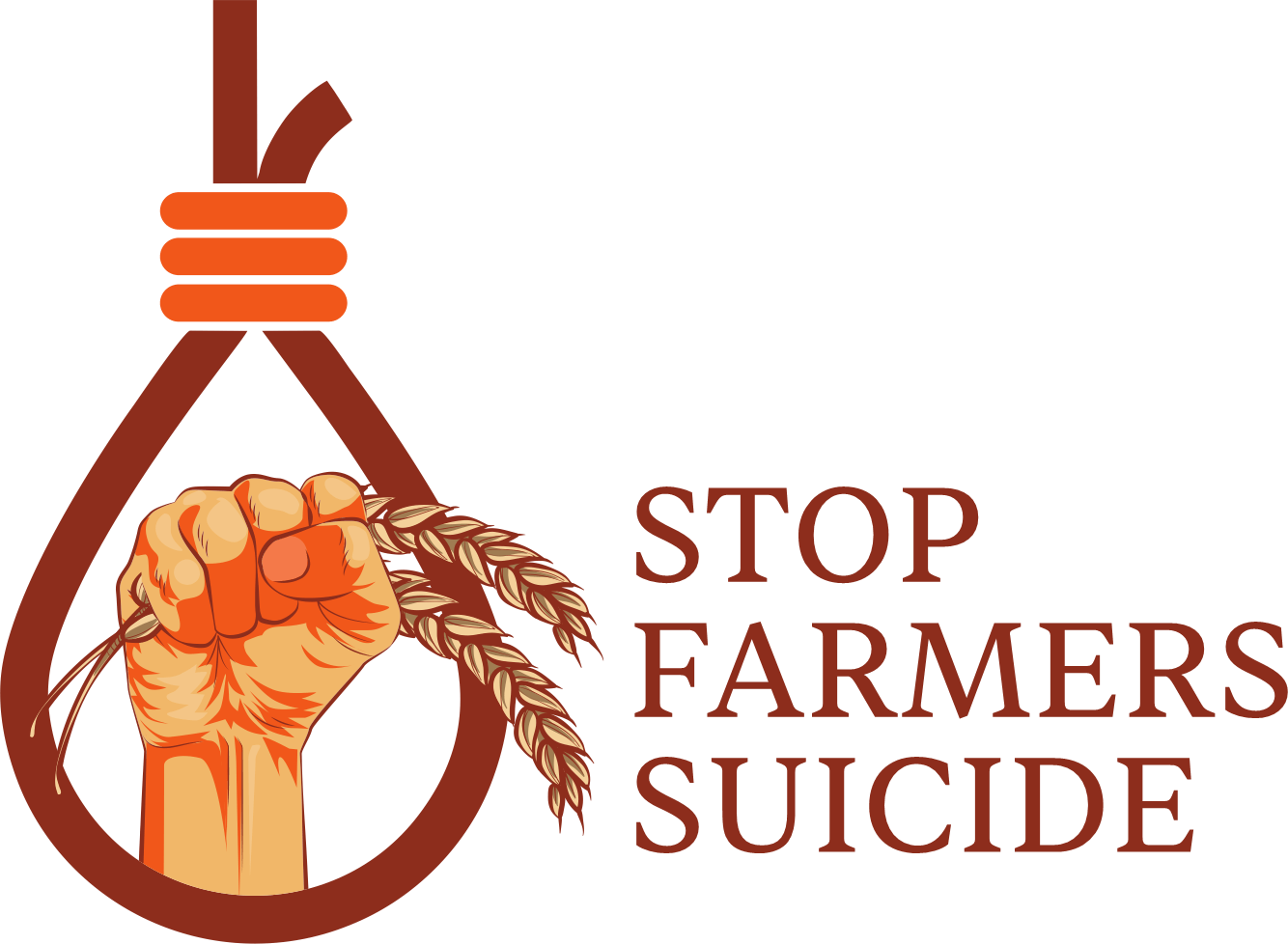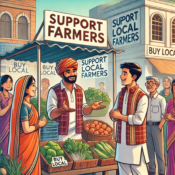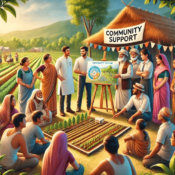
The Impact of Climate Change on Farmers’ Livelihoods
Climate change is one of the most pressing issues of our time, affecting virtually every aspect of life on Earth. Among those most vulnerable to its impacts are farmers, whose livelihoods depend on stable and predictable weather patterns. Over the past few decades, changing weather conditions, rising temperatures, and extreme weather events have drastically affected agricultural practices, leading to reduced crop yields, increased production costs, and greater uncertainty in farming communities. As climate change continues to worsen, its effects on farmers’ livelihoods are becoming increasingly evident, and addressing these impacts is critical for ensuring food security and the economic stability of rural areas.
Shifting Weather Patterns and Crop Yields
One of the most significant impacts of climate change on agriculture is the alteration of weather patterns. Farmers rely on consistent and predictable conditions to grow crops and raise livestock, and disruptions to these patterns can lead to crop failures or poor yields. Rising temperatures, for instance, affect the growing seasons of many crops, causing them to mature prematurely or fail to grow altogether. For instance, crops such as wheat, maize, and rice are highly sensitive to temperature changes, and even a slight increase in temperature can lead to reduced yields.
Additionally, erratic rainfall patterns are increasingly common in many parts of the world. Some regions are experiencing longer periods of drought, while others are facing more intense and frequent floods. Droughts can cause water shortages, threatening crop irrigation and reducing available water for livestock, while floods can damage fields, wash away seeds, and make the soil unsuitable for cultivation. These disruptions make it difficult for farmers to predict their harvests and plan for the future, leading to economic instability.
Increased Pest and Disease Threats
The rise in global temperatures also creates more favorable conditions for pests and plant diseases, further threatening farmers’ livelihoods. Warmer temperatures and changes in humidity levels allow pests such as locusts, aphids, and beetles to thrive, leading to increased crop damage. In some cases, these pests can move into new areas, introducing agricultural challenges to regions that have never faced them before.
Similarly, changing weather patterns affect the spread of plant diseases, such as fungal infections or bacterial blight, which thrive in warmer, wetter conditions. Farmers may find it increasingly difficult to protect their crops from these threats, as traditional pest management and disease control methods may no longer be effective. This not only reduces crop yields but also increases the cost of farming as farmers invest more in pesticides and disease-resistant crops.
Impact on Livestock and Animal Husbandry
Climate change doesn’t only affect crops; it also impacts livestock and animal husbandry. Rising temperatures can lead to heat stress in animals, which can result in lower productivity, reduced fertility, and even death. Livestock such as cattle, goats, and poultry are particularly sensitive to heat, and during extreme heat events, farmers may find it difficult to maintain their animals’ health.
Moreover, the changing availability of water, due to droughts or flooding, affects the amount of drinking water available for animals. Livestock may become malnourished or dehydrated, leading to reduced production of milk, eggs, or meat. Additionally, the increased frequency of extreme weather events, such as hurricanes or severe storms, can damage infrastructure such as barns, storage facilities, and fences, further hindering farmers’ ability to care for their animals.
Economic Strain and Financial Vulnerability
Farmers are already among the most financially vulnerable groups, and climate change exacerbates their economic challenges. When crops fail due to drought, excessive rainfall, or pests, farmers experience a direct loss of income. The uncertainty caused by unpredictable weather makes it difficult to secure loans or insurance, leaving many farmers without a safety net when disaster strikes.
In addition, as input costs for farming—such as seeds, fertilizers, water, and fuel—continue to rise due to the pressures of climate change, many farmers face higher operational costs. While large-scale farms may have the financial capacity to absorb these costs, small-scale and subsistence farmers often struggle to stay afloat. In many developing countries, where farming is the primary livelihood for rural communities, this economic strain leads to increased poverty, food insecurity, and migration to urban areas in search of better opportunities.
Adaptation and Resilience Strategies
Despite the challenges, farmers are not helpless in the face of climate change. Many have adopted innovative strategies to adapt to changing environmental conditions. These include switching to more drought-tolerant crops, implementing water-saving irrigation techniques, and using integrated pest management systems that reduce reliance on harmful chemicals.
Agroecology, which emphasizes sustainable farming practices that work with nature rather than against it, has gained traction as a way to mitigate the effects of climate change. Practices such as crop rotation, agroforestry, and using organic fertilizers can help restore soil health, reduce water usage, and promote biodiversity, all of which enhance the resilience of farming systems.
Furthermore, governments, NGOs, and international organizations play a crucial role in supporting farmers’ adaptation to climate change by providing education, access to technology, financial resources, and infrastructure improvements. Farmers’ capacity to adapt to climate change is greatly increased when they have access to early warning systems, weather forecasts, and climate-resilient crop varieties.
Conclusion
The impact of climate change on farmers’ livelihoods is profound and wide-reaching. From shifting weather patterns and increasing pest outbreaks to rising temperatures and extreme weather events, the challenges faced by farmers are becoming more severe and more frequent. However, through adaptation, innovation, and support from governments and organizations, farmers can improve their resilience to these changes. It is essential that climate change mitigation and adaptation strategies be prioritized to safeguard the livelihoods of farmers, ensure food security, and promote sustainable agricultural practices for future generations. The resilience of our agricultural systems is directly tied to the health of our planet and the future of our global food supply.




